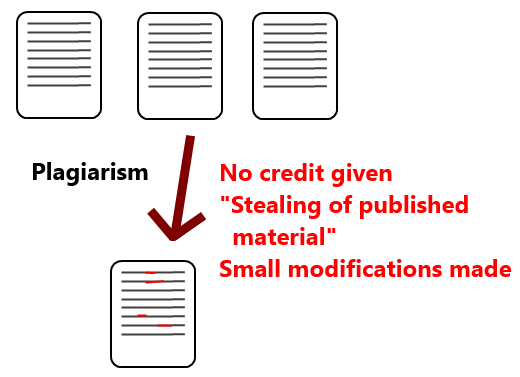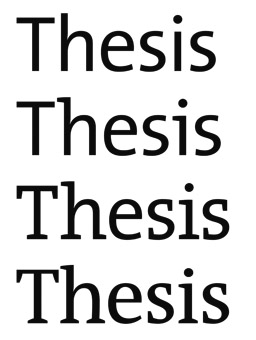Project 2 Outline
In this blog post I will be composing my outline for my rhetorical analysis essay. I will also be sharing my thoughts
Through reading about the introduction I discovered that there is no set way to start an introduction in the rhetorical analysis genre. It gives the writer a variety of options in that they get to start their essay how they choose. The thesis is the what do we understand about the ways it tries to persuade the audience but that is not how it should be read. The analytical claim explains the argument while being debatable and supportable. The analytical claim needs evidence quotes to back it up. Body paragraphs focus on a specific aspect of the text and serve as support to the point of the argument. The conclusion is there to analyze what makes the paper persuasive and whether or not it was persuasive.
Outline:
Introduction:
I will explain what rhetorical situations and strategies are and how a writer uses that to appeal to different audiences. I will always give background information on the topic of social media in business. I will finish the introduction with my thesis.
Thesis:
In the article
Social media is reinventing how business is done, author Tim Mullaney, a writer for the USA Today, employs uses of statistics, relevant quotes, and strong organization in order to display the value of social media in the world of business. He uses his background to build his credibility on the topic in order to sway the audience towards his opinion.
Body Paragraph 1: Statistics
Mullaney uses statistics to back up his argument and to sway his audience towards his side. He does this by presenting statistics that show the value of utilizing aspects of social media. He provides many statistics to disprove naysayers or to convince those that are not so sure. The effects these statistics have on the reader is that they are able to see the evidence that backs what the author is trying to say.
- Examples of Statistics
- Billion people use Facebook
- Use of internal social media networks up 50%
- Two thirds of big companies utilize social media
Body Paragraph 2: Establishes creditability
Mullaney builds his credibility in order to get the readers to know he is a reliable source. The fact that he is writing for USA Today, well known publication, helps his case. As does that he is writing about his specialty. He quotes other sources in order to show the readers that he is not making things up. By using this appeal readers will trust what he is saying.
- He writes for a credible source
- He specializes in technology and economics
- He links to other articles through keywords
- He quotes other sources
Body Paragraph 3: Keeps his work formal
Mullaney keeps the topic from becoming emotional and keeps his work formal to cause a stir with his readers. He does not try to put those whose opinion does not much his down. He keeps a formal tone in order to keep the focus on the details he provided. This keeps the reader focus on what Mullaney is trying to say.
- Formal word tone keeps Mullaney from sounding bias
- Topic is not emotional so it is important to keep it from becoming that.
- He doesn't try to focus on making the reader feel a certain rather providing them with many statistics.
Analytic Claims:
Mullaney provides a variety of different statistics in order to provide real evidence for his readers. He uses outside sources and his background in order to build his creditability. He keeps the article formal in order to focus on the details he is describing versus trying to evoke emotions about a topic that is not very emotional.
Conclusion:
In my conclusion I will wrap up my essay. I believe that Mullaney's chosen rhetorical strategies were effective. It is persuasive because it provides more than enough evidence in order to convince naysayers that social media is valuable in the business world. A business owner who read this article and had not implemented a social media system in to their own business would be very interested into looking into one.
Reflection:
I read the outlines of
Ann and
Lauren and I felt they both made great outlines. Their outlines allowed me to see where they plan on taking their essay. Their outlines very also organized well, which I appreciate as a reader. I feel that if they can turn their outline in a full essay they will do great jobs with their essays.























